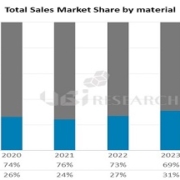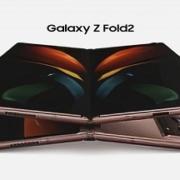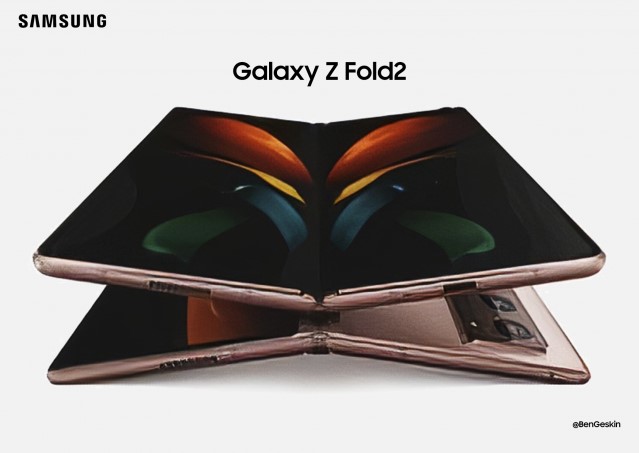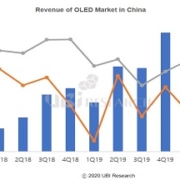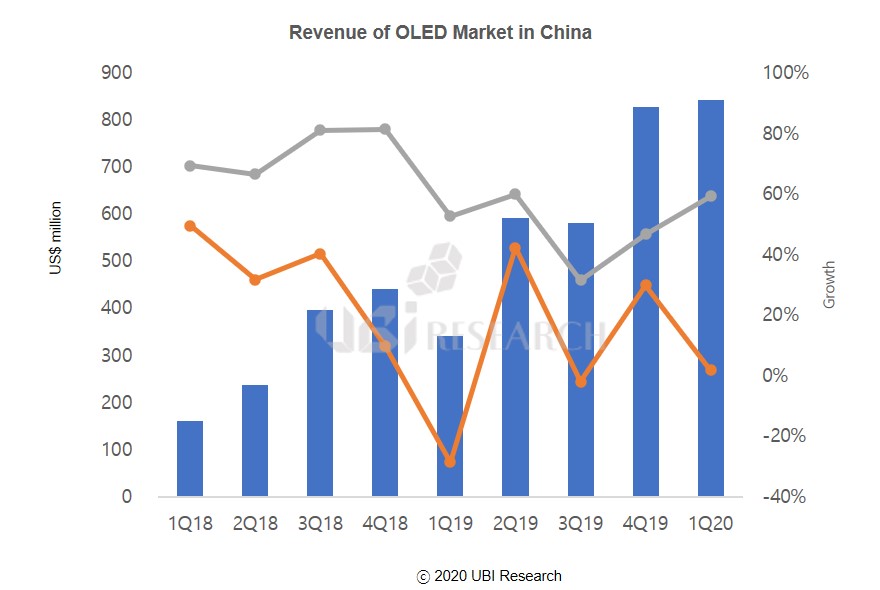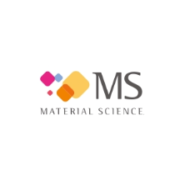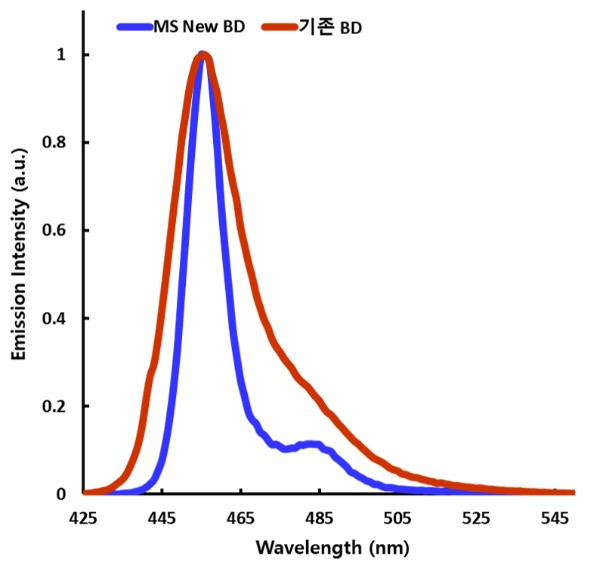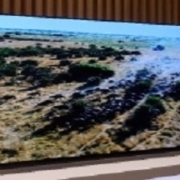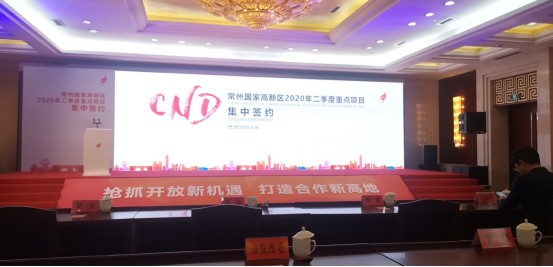Will Dowooinsys expand UTG lines to prepare for the foldable phone market?
The cover window material of Samsung Electronics ‘Galaxy Z Fold 2’ which will be released in the second half of this year, is UTG like ‘Galaxy Z Filp’. The reason why Samsung Electronics prefers UTG is analyzed for its sense of luxury, differentiation, and sensitivity for the touch pen expected to be applied in the future.
In 2021, the market for over 10 million foldable phones is expected to expand, and the main cover window material of Samsung’s foldable phones will be UTG. To respond to this, Dowooinsys should increase their capacity.
Dowooinsys’ capa is estimated to be 250K/month for 6 inch cells and 375K/month for 7 inch cells. Even if the 6 inch line will be converted to a 7 inch line in the future, it will be 500K/month. Considering the yield of Dowooinsisy and Samsung Display’s Vietnamese module line, more than 4 to 5 lines should be expanded.
Currently, Samsung Display’s Vietnamese module line is assumed as 450K/month considering the yield, but the Vietnamese module line is continually being converted into a foldable line. Even in response to the current situation that Samsung Electronics prefers UTG, Dowooinsys is expected to expand more lines in the second half of this year, and its location is also expected to be considered near Samsung Display’s Vietnamese module line.
With the expansion of Dowooinsys’ additional lines, the market of cover window materials for foldable phones is expected to change in the future. At UBI Research’s ‘Next-Generation Display Technology and Industry Outlook Seminar’ held in mid-July, it is predicted that UTG will lead the future market at a ratio of 7:3 with colorless polyimide.


